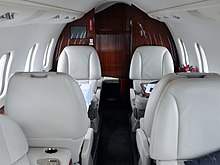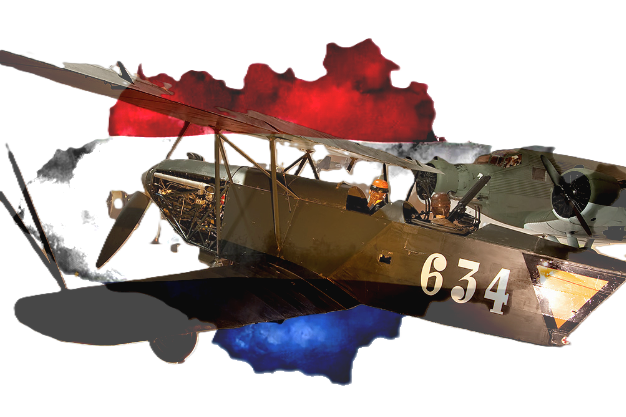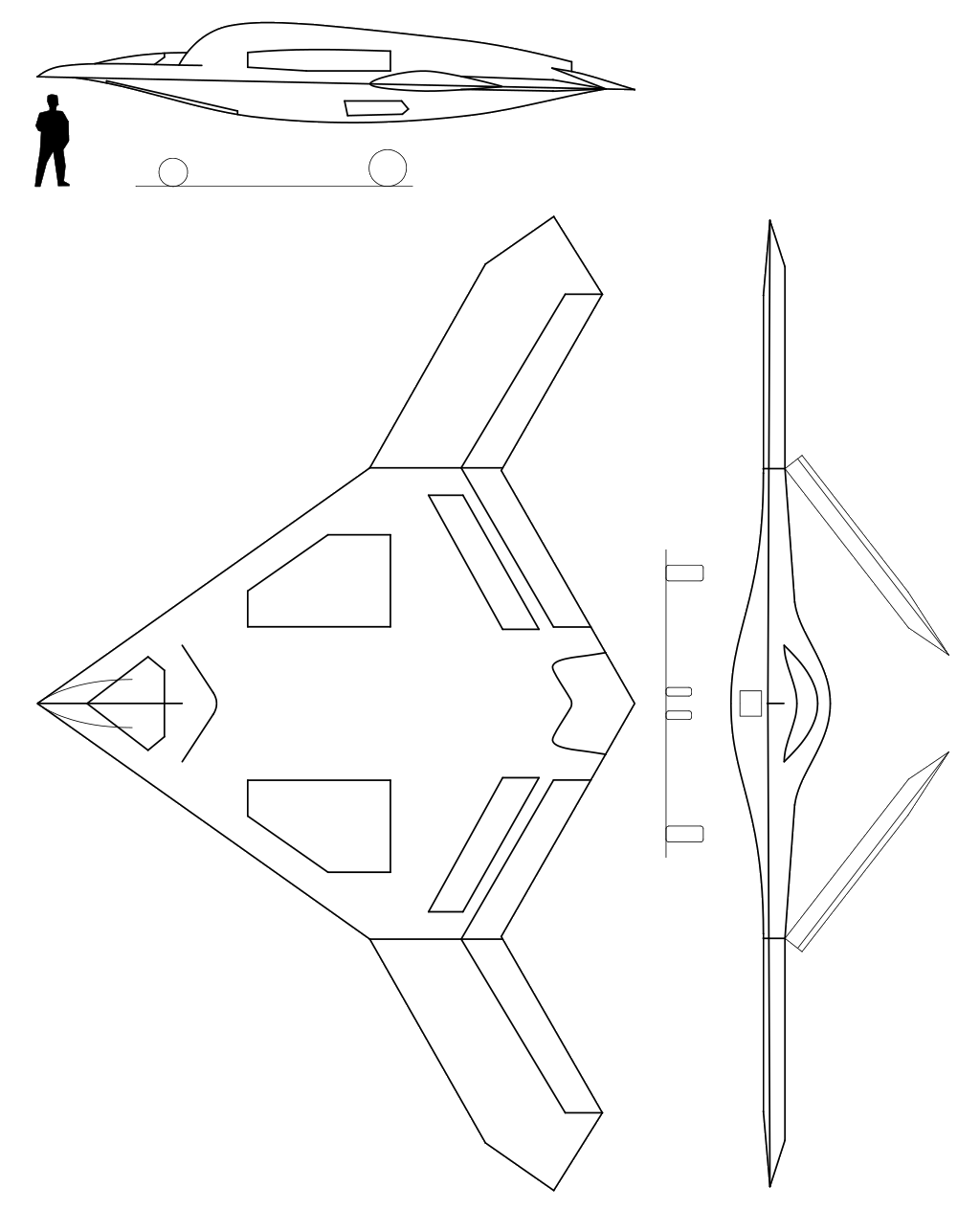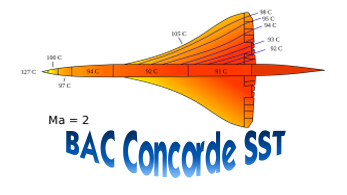Bombardier Aerospace Learjet 60XR
|
|
|
| General information | |
|---|---|
| Type | Business jet |
| Manufacturer | Bombardier Aerospace |
| Status | In service |
| Number built | 430 |
| History | |
| Manufactured | 1991–2012 |
| Introduction date | January 1993 |
| First flight | 10 October 1990 |
| Developed from | Learjet 55 |
.
History Bombardier Aerospace
Learjet 60XR
business jet aircraft
Manufactured 1991–2012

The Learjet 60 is a mid-size cabin, medium-range business jet aircraft manufactured by Bombardier Aerospace in Wichita, Kansas. Powered by two Pratt & Whitney Canada PW305A engines, it has a range (with 4 passengers and 2 crew) of 2,405 nautical miles (4,454 km) with NBAA 100 nmi (190 km) reserves, ISA.In July 2012 Bombardier Aerospace announced a temporary "production pause" of the latest variant Learjet 60XR to begin in the fourth quarter of 2012.
Development

The Learjet 60 is an improved version of the Learjet 55, with a longer fuselage and more powerful turbofan engines. It first flew on 10 October 1990 and received FAA certification in January 1993.
Learjet 60XR

Bombardier launched a new variant in 2005 designated the Learjet 60XR and following certification deliveries started in 2007.
Grandfathered on the 1966 Learjet 24 type certificate, it was built until 2013. It features three-rotor disc brakes, good for 450–600 landings, Rockwell Collins Pro Line 21 avionics, upgraded AHRS and FMS, electronic charts, enhanced MFD and optional XM radio weather. Cabin space is better utilized with five floor plans, LED lighting, better insulation and improved cabin management system. The 60XR has the largest Learjet cabin, its cross-section is competitive but its length is 2 to 5 ft (60 to 150 cm) shorter than other mid-size jets like the Hawker 800XP. The small 265 sq ft (24.6 m2) wing evolved from the Learjet 23, with the tip tanks replaced by winglets, and runway requirements are long for the 23,500 lb (10,700 kg) aircraft.
0
KmCeiling
0
KmCombat RANGE
0
Km/hAircraft Speed
0
Max Crew
Photo Gallery
Bombardier Aerospace
Learjet 60XR
business jet aircraft
Manufactured 1991–2012


Bombardier Aerospace
Learjet 60XR
business jet aircraft
Manufactured 1991–2012
General Info
-
-
-
- Crew: 2
- Capacity: 8 passengers
- Length: 58 ft 8 in (17.88 m)
- Wingspan: 43 ft 9 in (13.34 m)
- Height: 14 ft 8 in (4.47 m)
-
-
Powerplant
-
-
-
- Wing area: 264.5 sq ft (24.57 m2)
- Empty weight: 14,640 lb (6,641 kg)
- Max takeoff weight: (10,659 kg)
- Powerplant: 2 × Pratt & Whitney Canada PW305A turbofan engines, 4,600 lbf (20 kN) thrust each
-
-
Performance
-
- Cruise speed: (779 km/h,) economical cruise
-
-
-
- (840 km/h) fast cruise
- (466 kn; 863 km/h) max cruise
-
-
- Range: (4,463 km, 2,410 nmi)
- Service ceiling:(16,000 m)
- Rate of climb: 4,500 ft/min (23 m/s)
.
Links to Youtube & Others
The Learjet 60 stands as a pinnacle of Bombardier's innovative design, cementing its position in the private jet sector as a midsize aircraft that marries speed and range with comfort. Originating from the storied Learjet family, the Bombardier Learjet 60 has evolved through the decades, offering enhancements in both performance and luxury since its inception.
Bombardier Aerospace
Learjet 60XR
Bombardier aimed to produce the Q400 more economically. A deal with its machinists union in June 2017
Youtube Link
The Learjet 60 was replacement for the mid-size Learjet 55C and was a mid-size cabin, medium range business jet. Thrust reversers and single point refueling are standard equipment,













